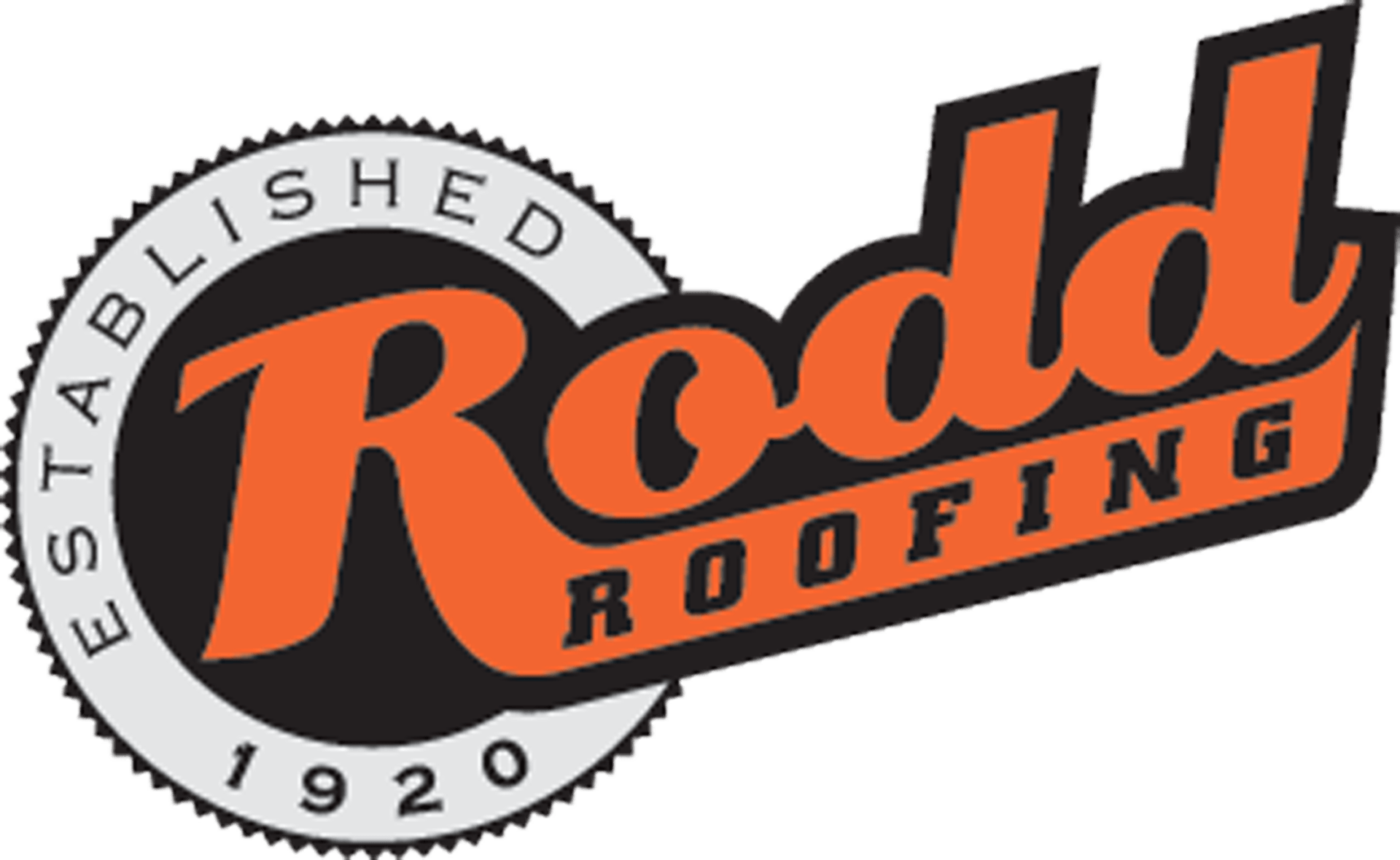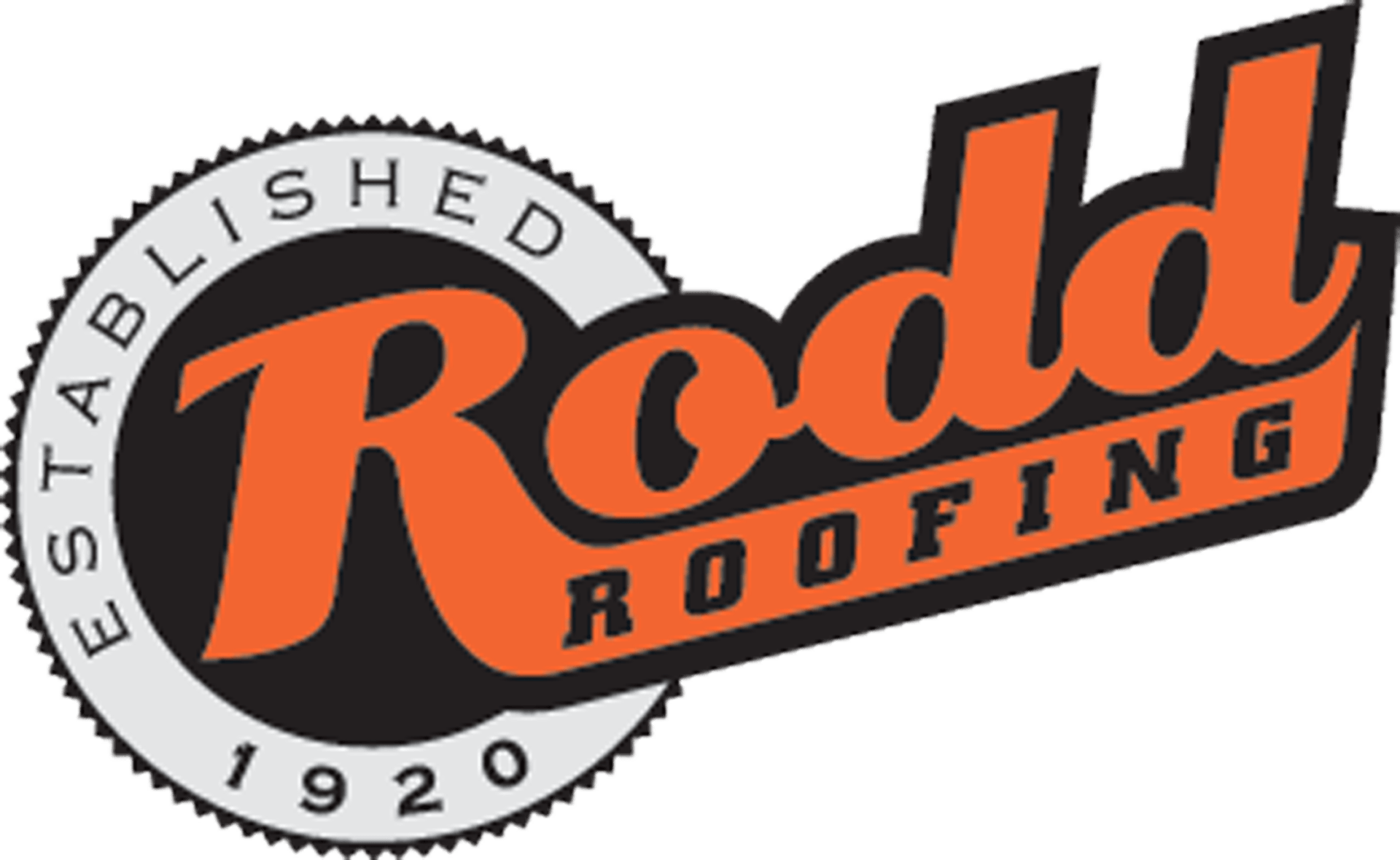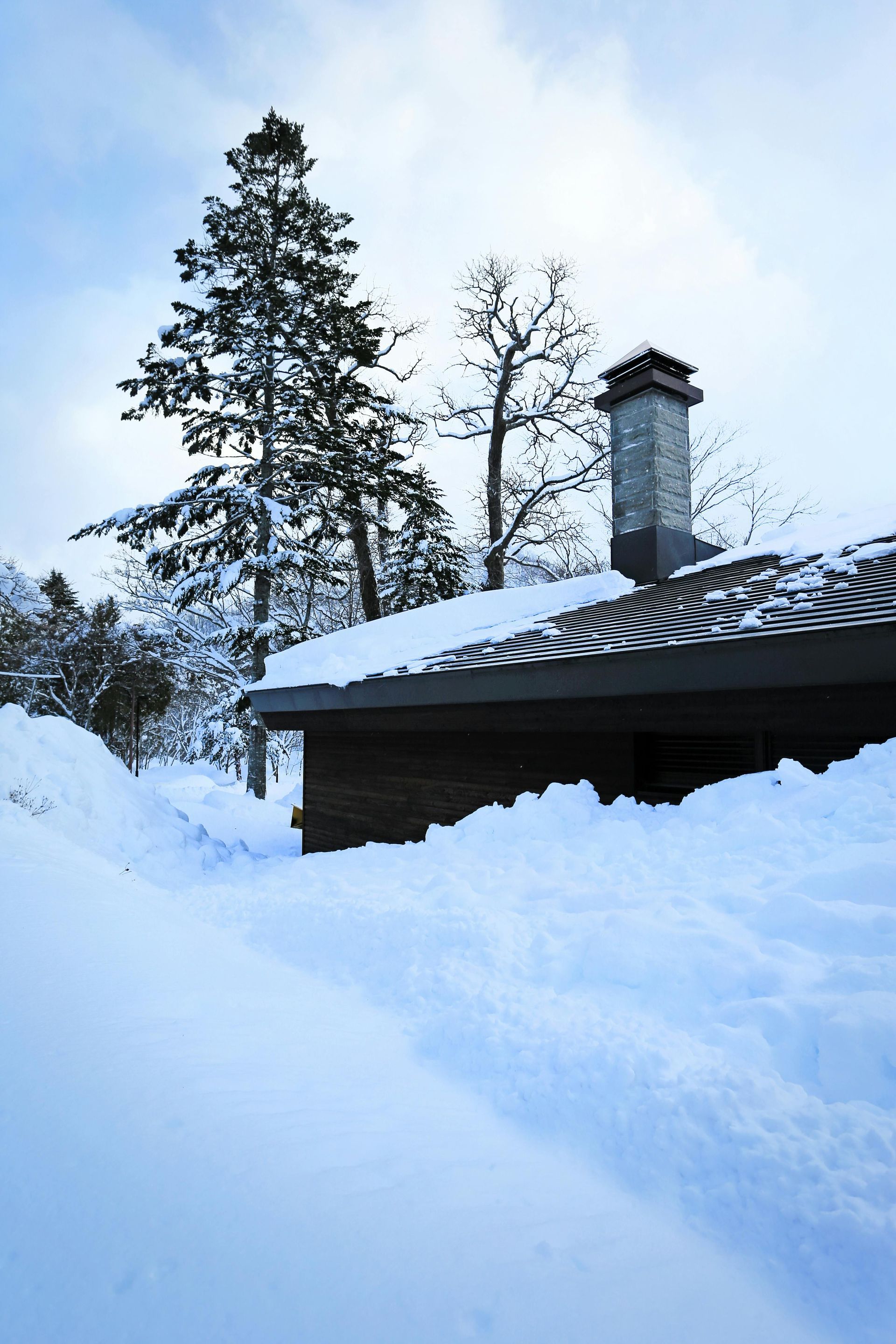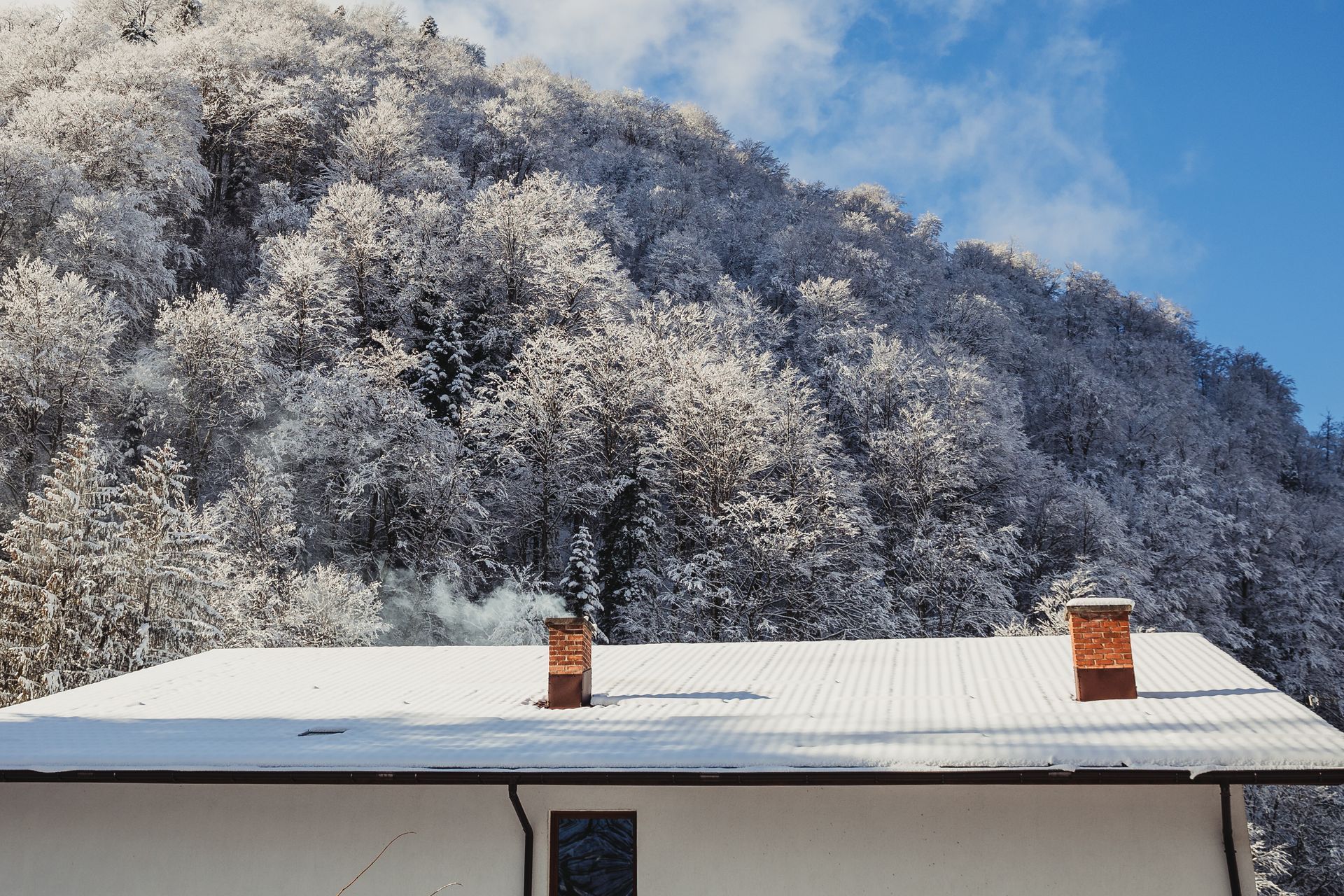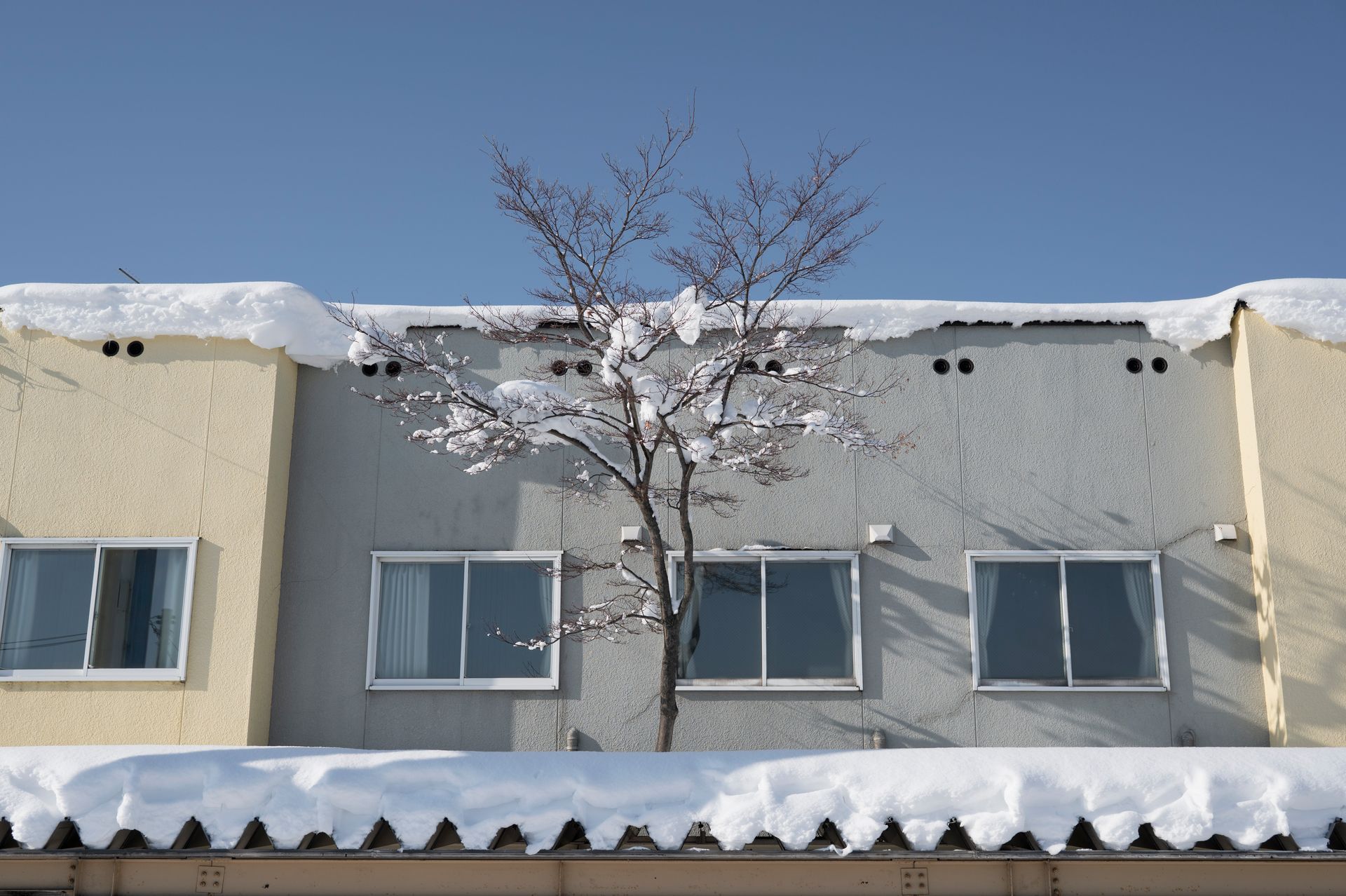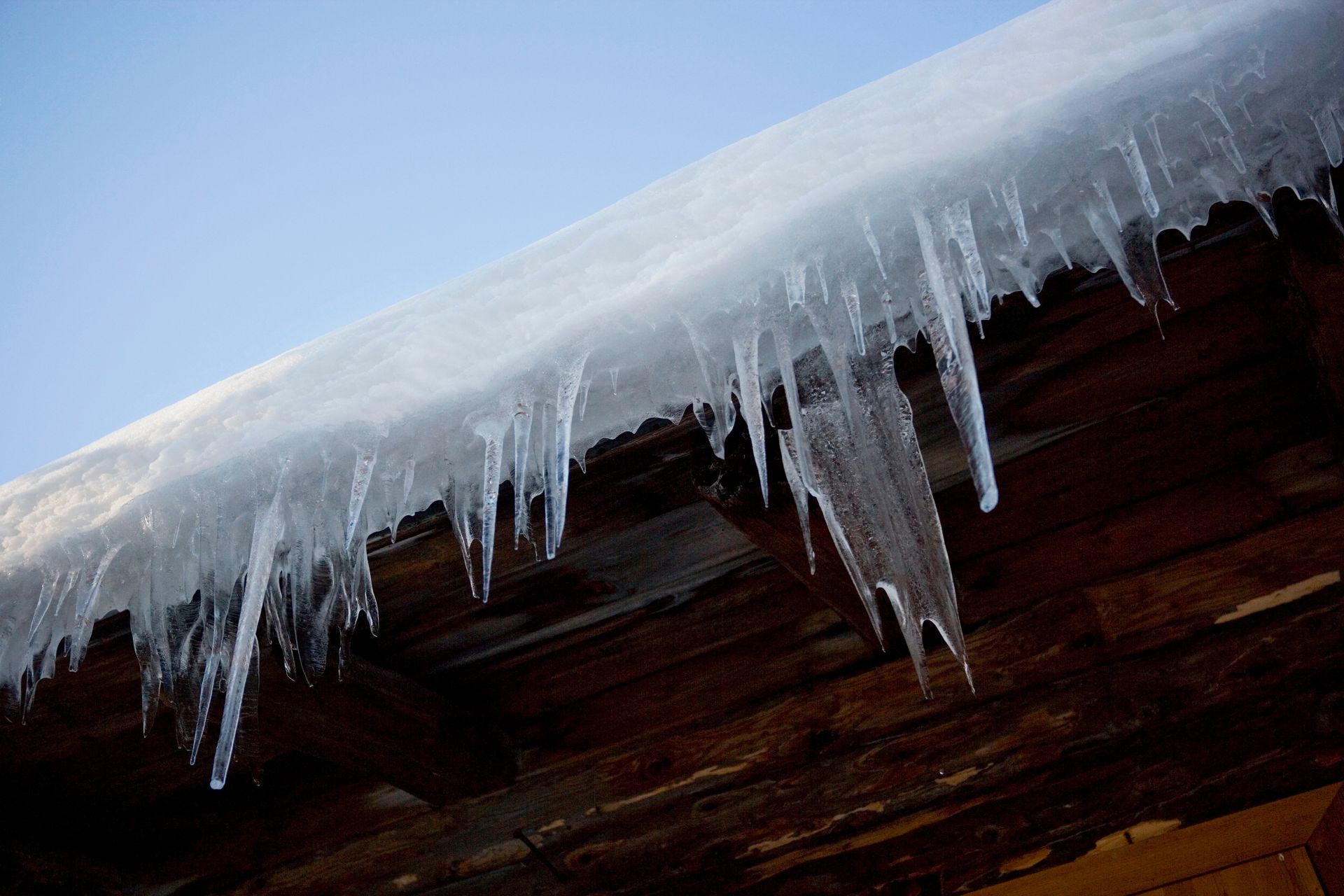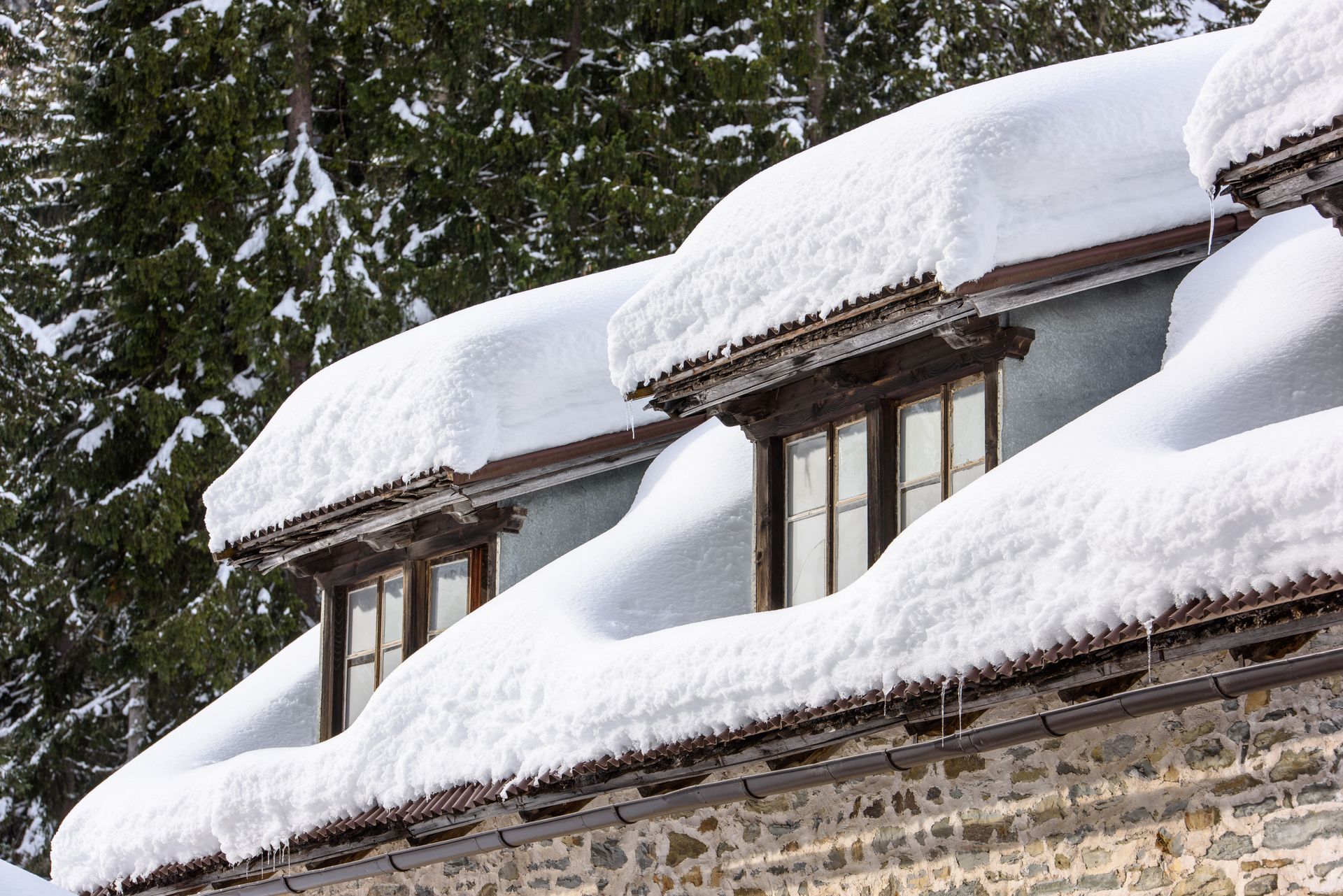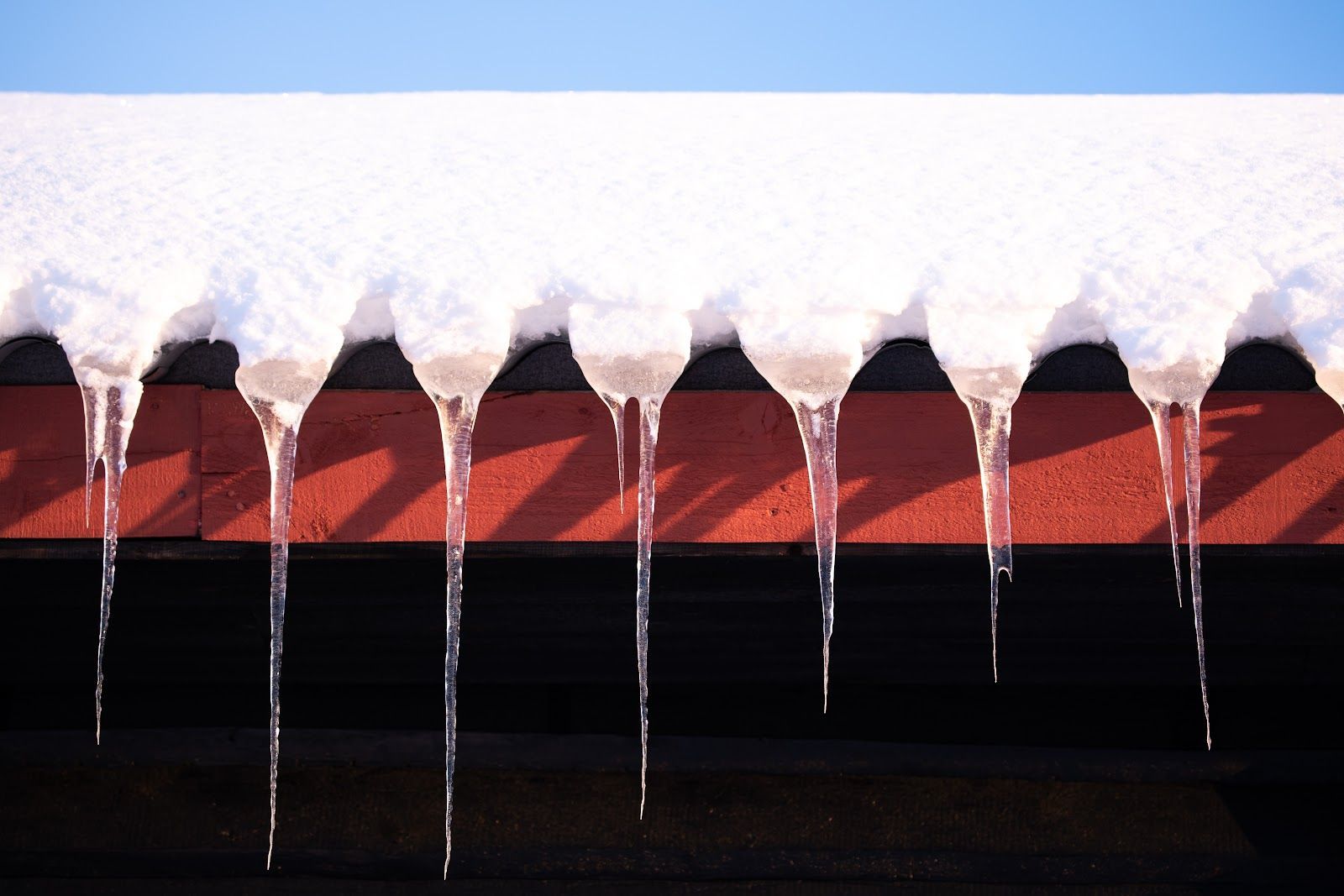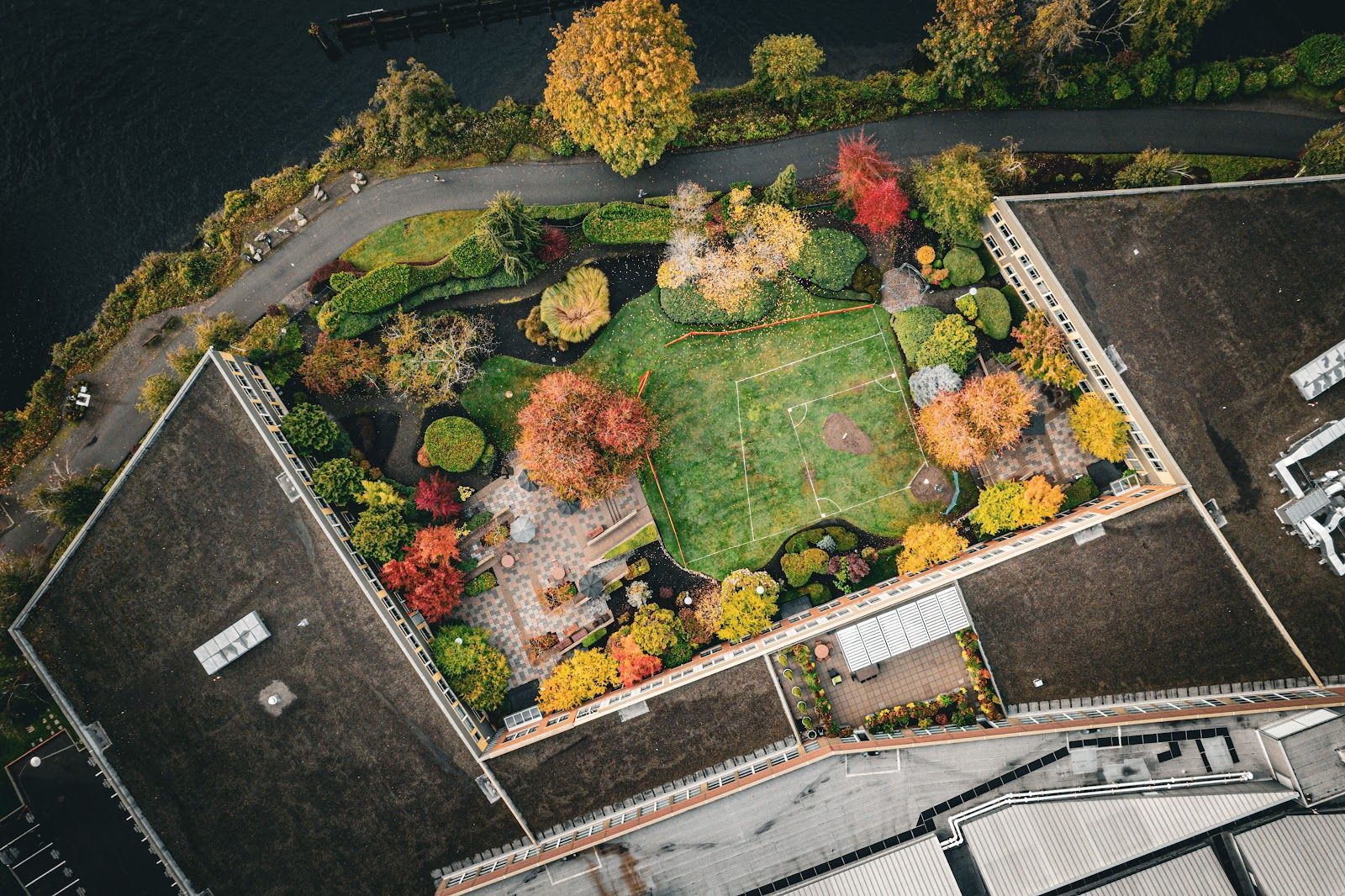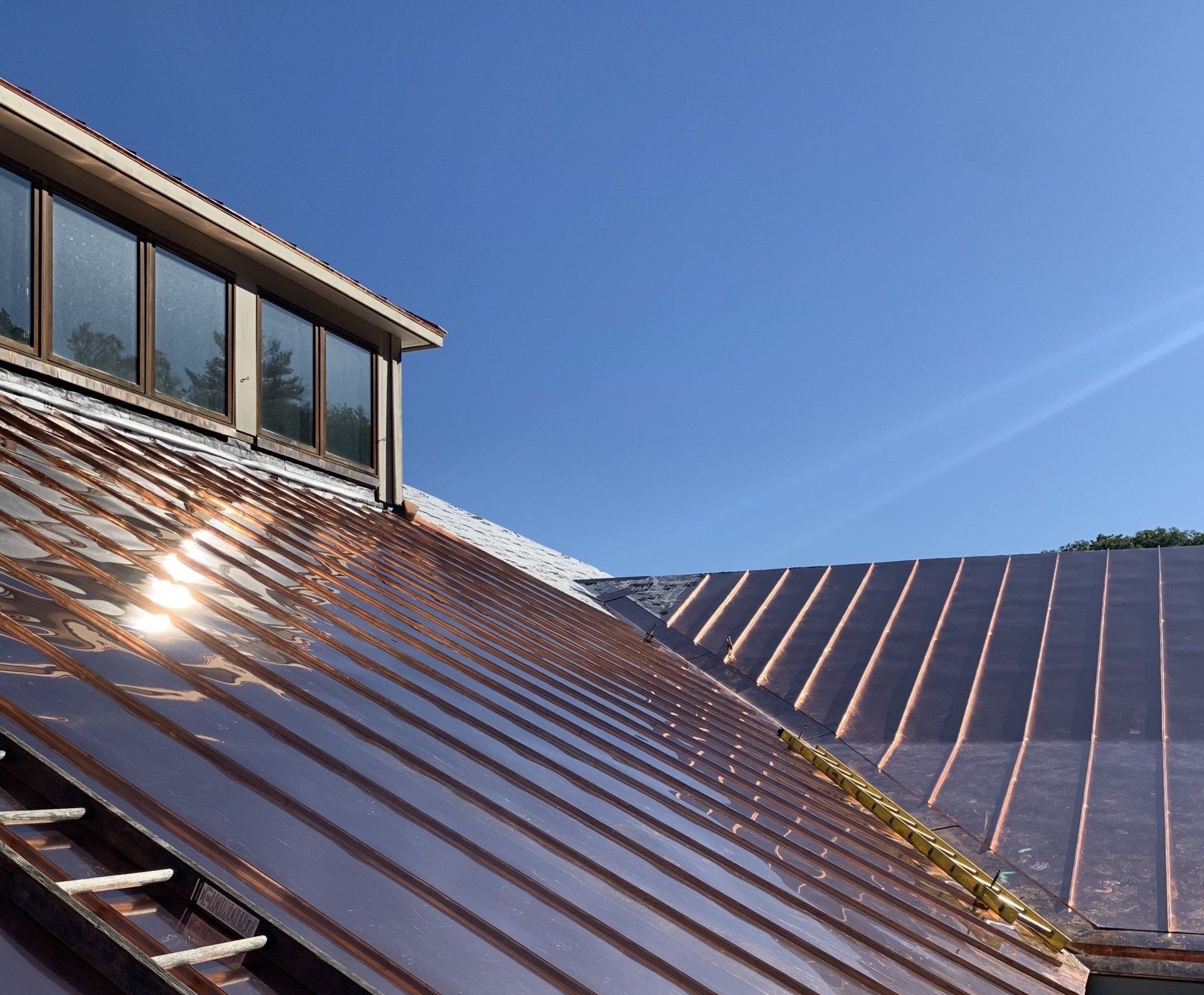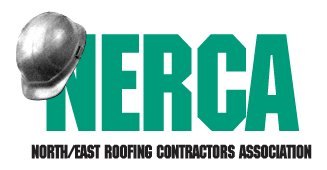Commercial Flat Roof vs Residential Flat Roof
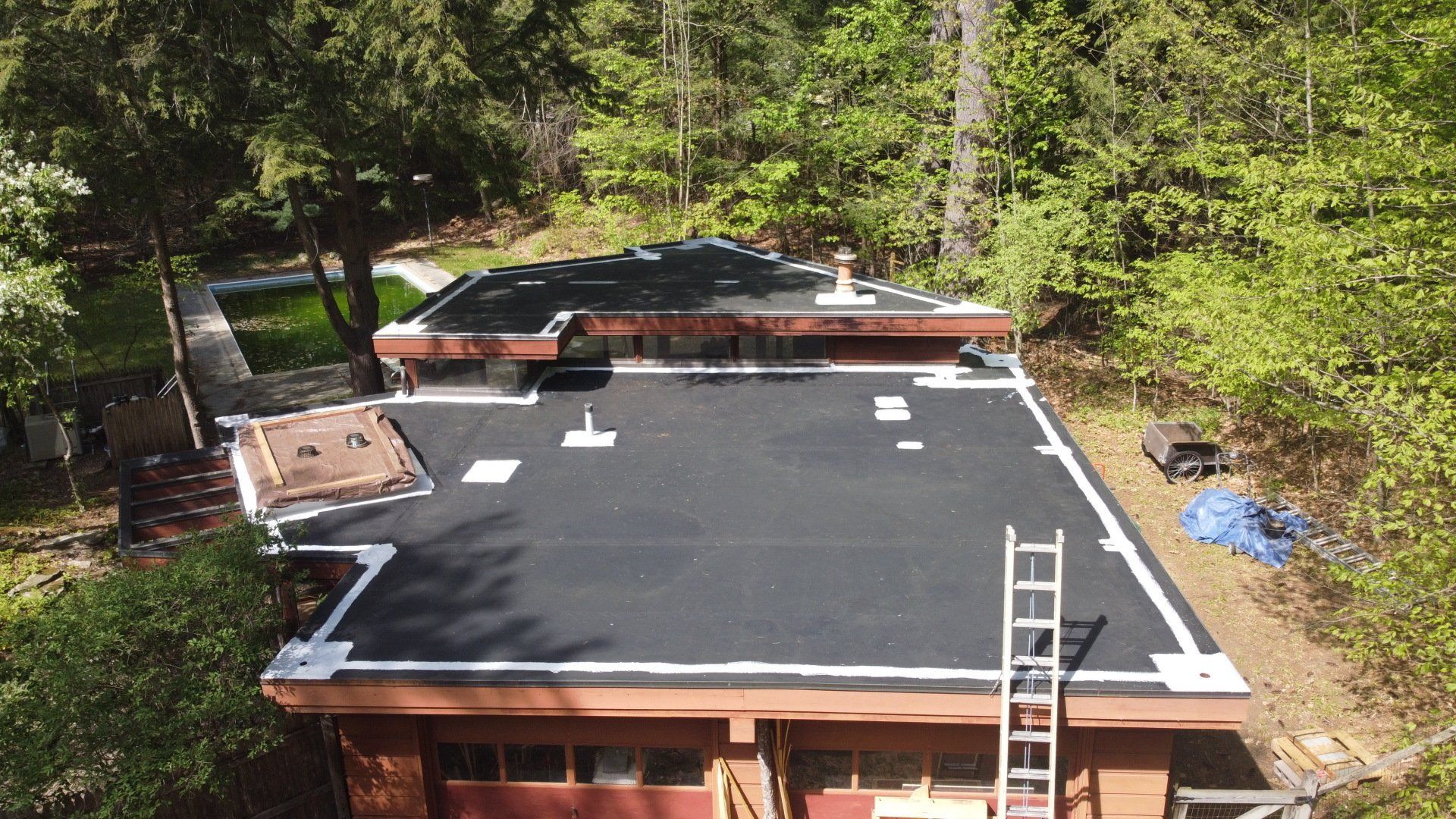
Commercial Roofing vs. Residential Roofing:
Key Differences in Flat Roof Systems
Flat roofing is a popular choice for many buildings due to its cost-effectiveness and functionality. However, the requirements and materials used for flat roofs can vary significantly between commercial and residential applications. Understanding these differences can help property owners make more informed decisions when it comes to roofing solutions.
Scale and Scope
The most apparent difference between commercial and residential flat roofs is the size and scale of the project. Commercial roofs typically cover much larger areas than residential roofs. This size difference affects the choice of materials, installation processes, and maintenance practices. For instance, commercial roofs may need stronger, more durable materials to withstand the additional wear and tear from the elements and potential foot traffic from maintenance activities.
Material Choices
Commercial and residential flat roofs differ significantly in the types of materials used. For commercial roofs, options like TPO (Thermoplastic Polyolefin), EPDM (Ethylene Propylene Diene Monomer), and modified bitumen are popular due to their durability, longevity, and ability to cover large expanses efficiently. Residential flat roofs, on the other hand, might utilize materials like roll asphalt or a liquid waterproofing membrane that are more suited for smaller surfaces and potentially less demanding environmental conditions.
Installation Techniques
Commercial roofing projects often involve more complex installation techniques due to the scope and requirements of the building. For example, a commercial roof might feature elaborate water drainage systems and need to accommodate HVAC equipment, requiring precise installation to avoid leaks and ensure functionality. Residential flat roofs are generally simpler, focusing more on waterproofing and durability without the need for supporting heavy equipment.
Maintenance Needs
Due to their size and the critical nature of protecting business operations, commercial roofs typically require a higher level of maintenance than residential roofs. Commercial roofs may also be subject to more stringent codes and inspections to ensure they can handle the increased load and traffic. Residential flat roofs still need regular maintenance but often on a less frequent schedule and with fewer regulatory requirements.
Cost Implications
The cost of installing and maintaining a commercial flat roof is generally higher than that of a residential flat roof. This difference is due not only to the larger area but also to the higher-grade materials and more complex installations required for commercial roofs. While the initial investment may be higher for commercial roofs, the materials used often extend the roof's life, potentially making it more cost-effective in the long run.
Whether you are a business owner or a homeowner, understanding the specific needs and differences between commercial and residential flat roofs can guide you in choosing the right roofing solution. Each type of roof has its unique set of challenges and requirements, and working with a knowledgeable roofing contractor can ensure that you get the most suitable materials and installation techniques for your property’s needs.
